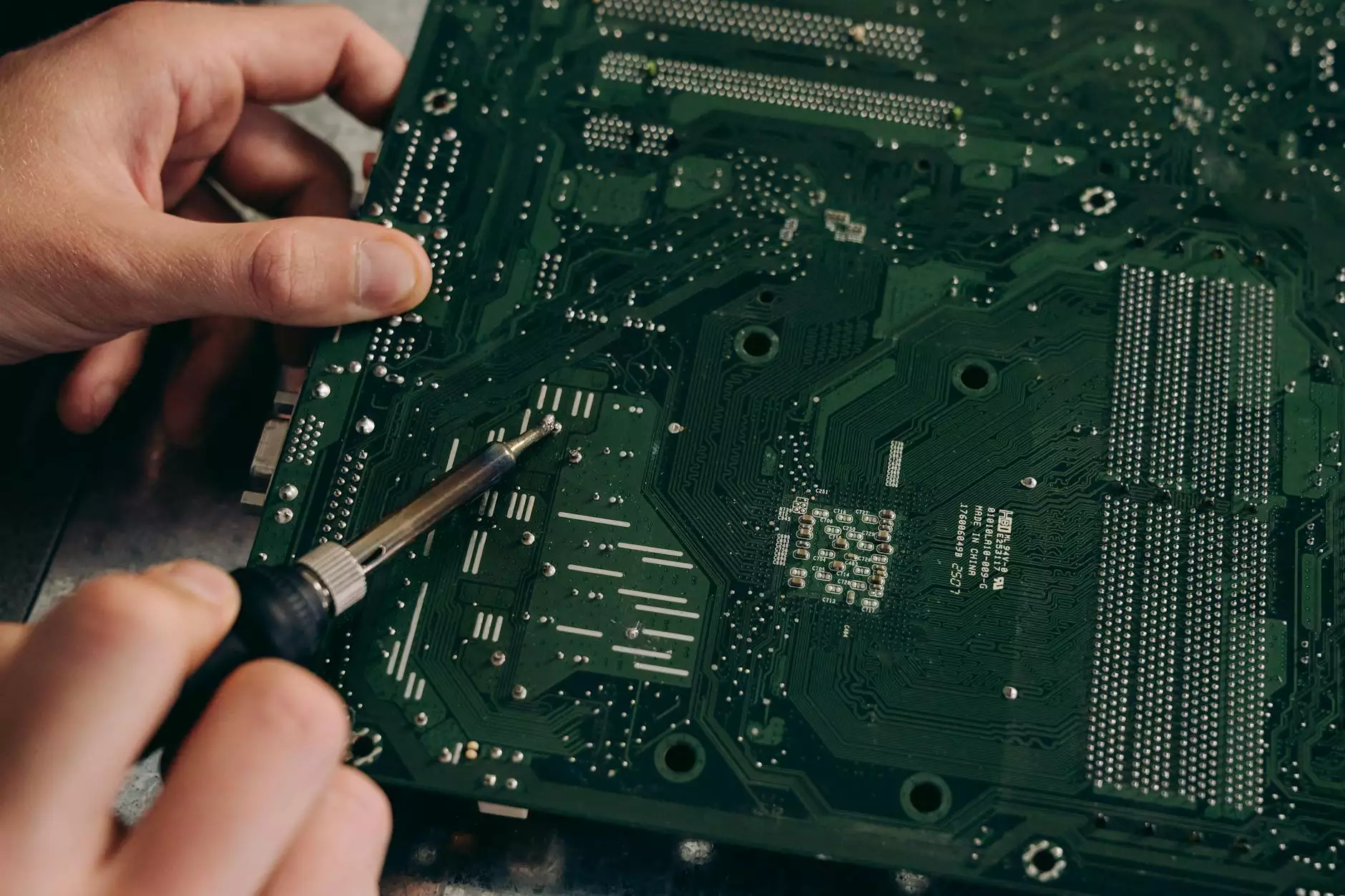Essential Ear, Nose, and Throat Instruments for Healthcare Professionals

Ear, nose, and throat (ENT) instruments play a critical role in the medical field, particularly in the diagnosis and treatment of conditions affecting the head and neck. From routine examinations to complex surgeries, these specialized tools are indispensable for medical professionals. In this article, we will explore various types of ENT instruments, their uses, and advancements that have revolutionized patient care in recent years.
The Importance of ENT Instruments in Medical Practice
In the realm of healthcare, the significance of accurate diagnosis and effective treatment cannot be overstated. ENT instruments facilitate these processes by providing healthcare professionals with the necessary tools to examine and treat disorders related to the ear, nose, and throat. The precision offered by these instruments can significantly enhance patient outcomes.
Types of ENT Instruments
There are various types of ENT instruments that cater to different aspects of diagnosis and treatment. Below is a detailed overview of the most commonly used instruments in the field:
- Otoscope: This essential instrument is used for examining the ear canal and eardrum. Equipped with a light and magnifying lens, it allows physicians to observe any abnormalities in the ear.
- Nasoscope: A nasoscope is utilized to inspect the nasal cavity. It enables the healthcare provider to view the interior of the nose and diagnose conditions like sinusitis or nasal polyps.
- Laryngoscope: This tool is crucial for examining the larynx (voice box) and the surrounding structures. It is commonly used during procedures such as intubation.
- Suction Devices: These are vital instruments used to clear airways by removing mucus or fluids, critical in both diagnostic and surgical settings.
- Forceps: Surgical forceps are used in various ENT procedures to grasp, hold, or manipulate tissues. They come in various shapes and sizes for specific uses.
- Endoscopes: Flexible or rigid endoscopes allow for visual examination of the throat, esophagus, and other structures. They aid in diagnosing disorders that may not be visible through traditional examination methods.
Advancements in ENT Instrumentation
Recent advancements in technology have significantly elevated the capabilities and efficiency of ENT instruments. Here are some notable developments:
1. Digital Otoscopy
The traditional otoscope has evolved with the introduction of digital otoscopy. This advanced version allows for high-definition imaging that can be shared with patients or other healthcare professionals in real time. Such technology enhances the diagnostic process and encourages patient engagement.
2. High-Definition Endoscopy
With high-definition endoscopes, doctors can visualize anatomical structures with greater clarity. The use of advanced imaging techniques improves accuracy during procedures, leading to better patient safety and outcomes.
3. 3D Imaging
3D imaging technology provides a comprehensive view of ENT structures. It allows surgeons to plan complex procedures more effectively by visualizing the anatomy in a three-dimensional format, reducing the risk of complications and improving recovery times.
Choosing Quality ENT Instruments
When selecting ENT instruments for medical practice, quality should be a primary consideration. Quality instruments lead to better patient outcomes, while subpar tools can hinder diagnosis and treatment. Here are some factors to consider when choosing ENT instruments:
- Material: High-quality stainless steel instruments are typically more durable and resistant to corrosion.
- Ergonomics: Instruments should be designed for comfort and ease of use to reduce fatigue during lengthy procedures.
- Precision: Choose instruments that are precisely manufactured to ensure accuracy in diagnoses and treatments.
- Reputation of the Manufacturer: Opt for instruments from reputable manufacturers known for their reliability and quality.
Ensuring Proper Maintenance of ENT Instruments
Proper maintenance of ENT instruments is crucial for their longevity and performance. Following best practices for care and sanitation not only extends the life of instruments but also ensures patient safety. Here are some essential maintenance tips:
1. Regular Cleaning
All instruments should be cleaned after each use to prevent the risk of infection and maintain functionality. Use appropriate cleaning agents and methods recommended by the manufacturer.
2. Sterilization
Instruments that come into contact with sterile areas must be properly sterilized using techniques such as autoclaving. This is vital in preventing cross-contamination.
3. Routine Inspections
Conduct regular inspections to identify any signs of wear and tear. Instruments that are damaged or worn should be retired from active use.
4. Proper Storage
Store instruments in a clean, dry, and organized environment to prevent damage and contamination. Utilize protective cases or trays designed for specific instruments.
Current Trends in the ENT Market
The ENT market is continually evolving, influenced by technological advancements and changing healthcare needs. Here are some current trends:
- Minimally Invasive Procedures: There is a growing trend towards minimally invasive surgical techniques in ENT. This approach leads to faster recovery times and less postoperative discomfort for patients.
- Telemedicine: The rise of telehealth services is impacting how ENT specialists interact with patients. Digital consultations are becoming popular, allowing for remote assessments and follow-ups.
- Patient-Centric Tools: Many manufacturers are focusing on creating instruments that enhance patient comfort and experience, such as softer suction tips or ergonomic designs.
The Future of ENT Instruments
As technology continues to advance, the future of ear, nose, and throat instruments looks promising. Here are a few predictions for the next decade:
1. Integration of AI
The integration of artificial intelligence in diagnostics and surgery is on the horizon. AI could assist in identifying conditions using imaging, thereby enhancing accuracy and reducing errors.
2. Enhanced Customization
Personalized medicine is becoming more prevalent, and this trend may extend to ENT instruments. Custom instruments tailored to individual procedures could become the norm, improving surgical outcomes.
3. Development of Smart Instruments
Smart instruments that provide real-time data analytics during procedures can improve decision-making and enhance the safety of surgical interventions.
Conclusion
In conclusion, ear, nose, and throat instruments are vital components in the healthcare toolkit for diagnosing and treating various conditions. Staying abreast of technological advancements, maintaining high-quality standards, and ensuring proper care can greatly enhance their effectiveness. As the field of ENT continues to evolve with innovations, healthcare professionals must adapt to these changes to ensure the best outcomes for their patients. The enduring importance of these instruments underscores their role in the medical landscape—one that will only grow as we look toward the future.
For the highest quality ENT instruments and medical supplies, consider partnering with a reputable supplier like New Med Instruments, where quality and innovation meet industry standards.
ear nose and throat instruments








